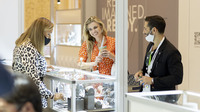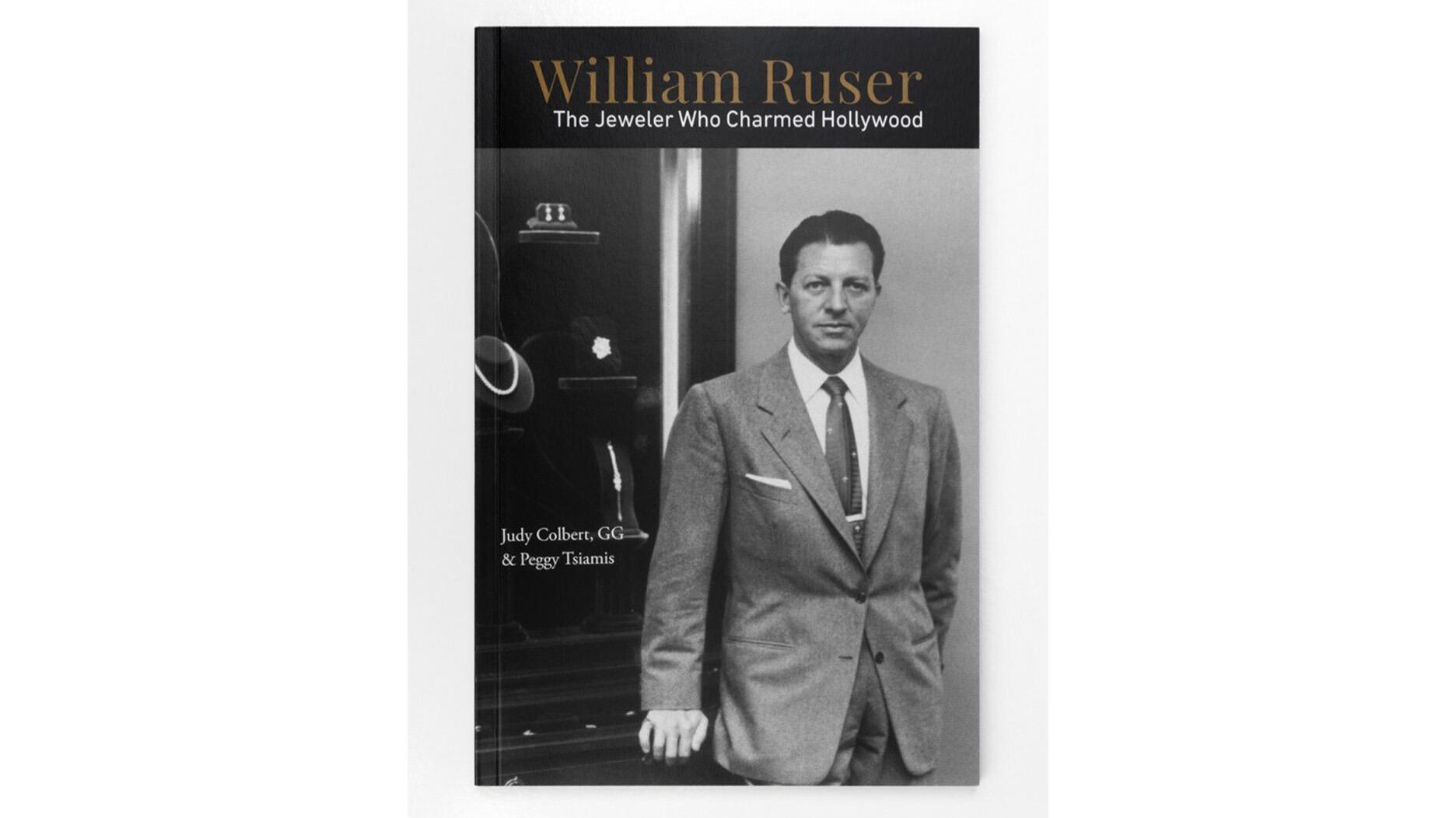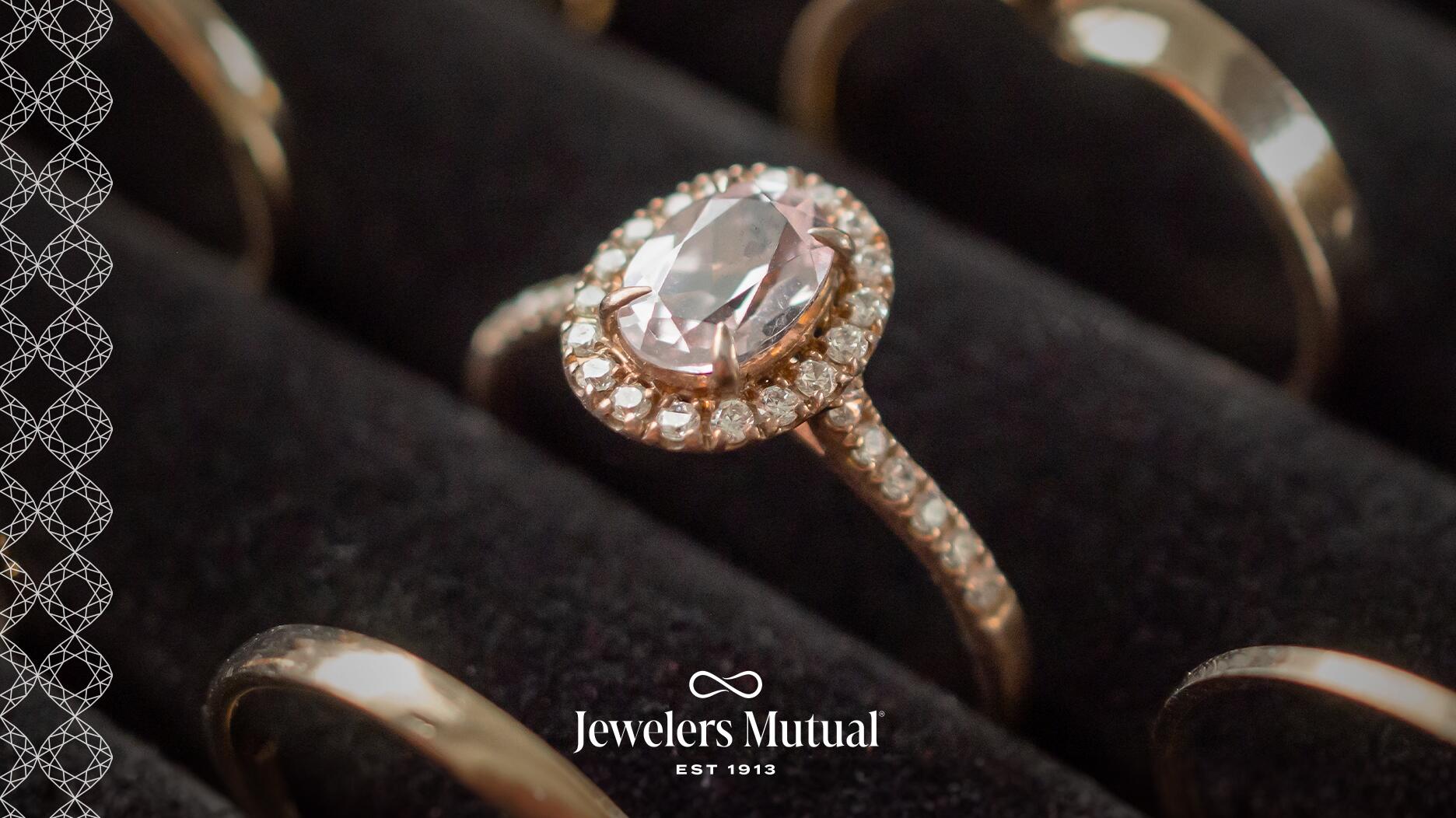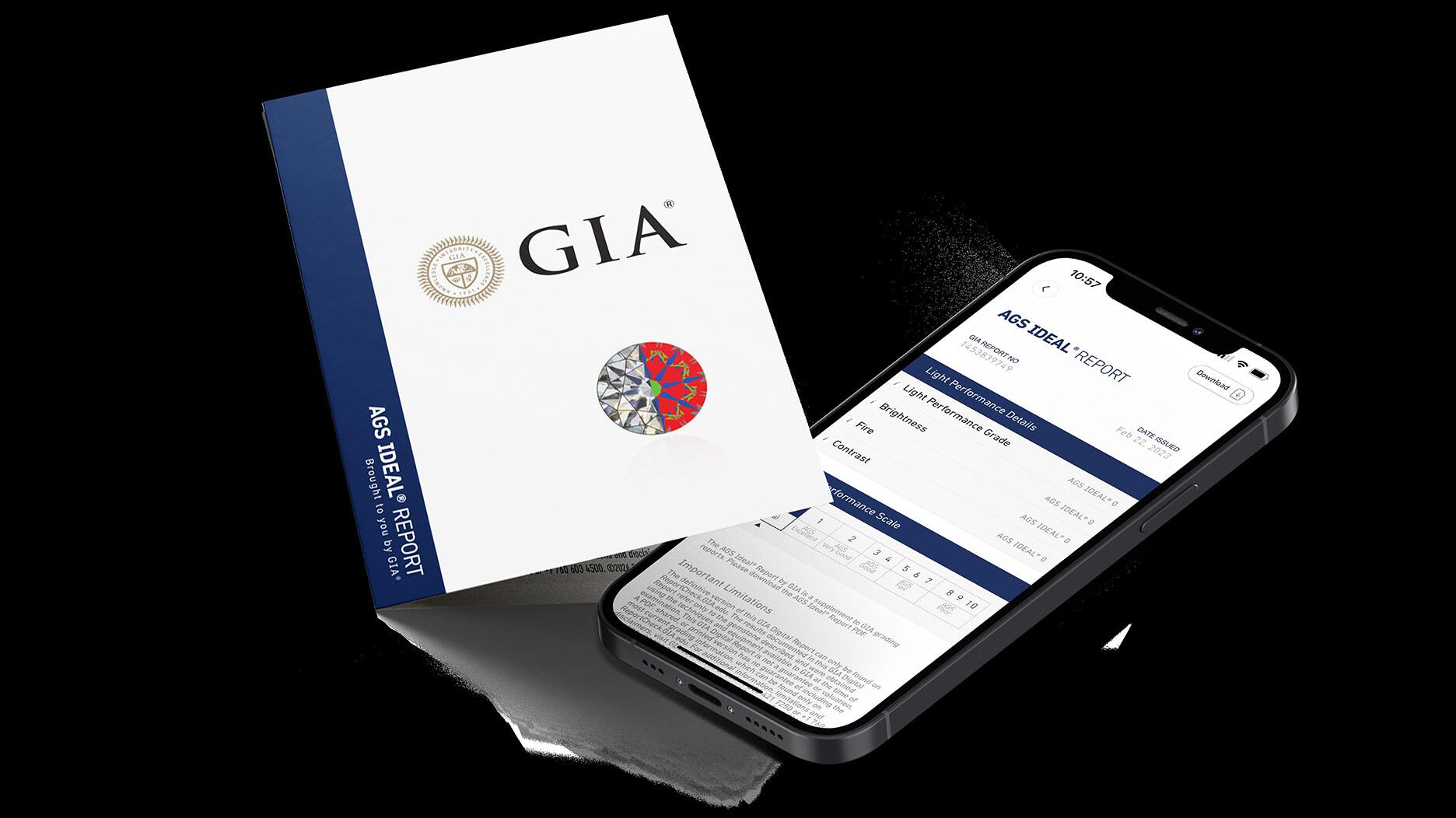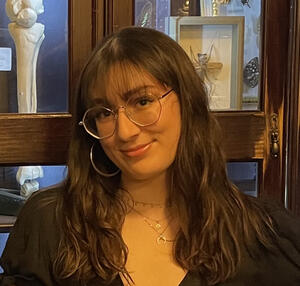“SIS x MISA Denim and Diamonds” is a collaboration between the designer and celebrity stylist Misa Hylton.
State of the Colored Gemstone Market: All Together Now?
The evolution of the lab report in today’s colored gemstone market has led to debate over origin determination, color calls and how labs work together (or don’t).
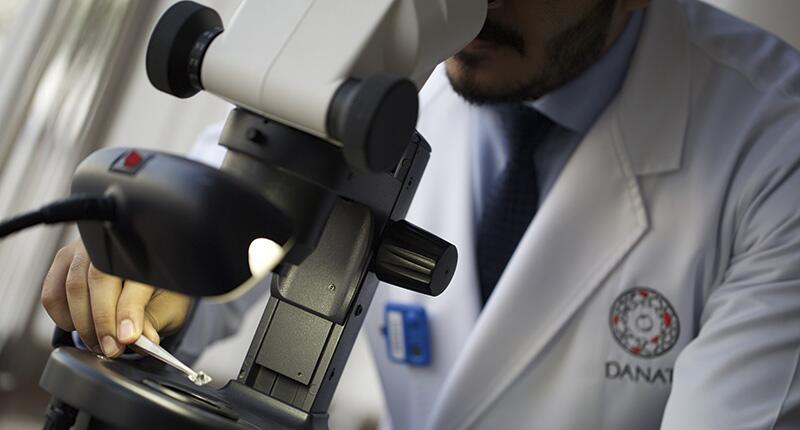
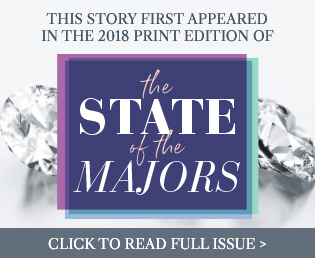
As the importance of lab reports for colored gemstones has grown, so too has the level of information included.
Many labs now offer origin determination and color designations beyond the standard color grades, employing terms like “pigeon’s blood” and “royal blue.”
Like with everything else in the trade, there are myriad opinions about colored gemstone reports, including whether or not to include origin and color nomenclature at all.
Regardless, it seems that colored stone reports are not only here to stay but will continue to grow in importance. So the trade has to come together to figure out what role reports should play, and how to get labs on the same page with information that is clearly, accurately and consistently communicated to dealers, retailers and consumers. Some experts wonder if that’s even possible.
“Today, laboratory reports perform an essential role in the marketplace, and I see their use growing rather than diminishing,” says Kenneth Scarratt, CEO of the Bahrain Institute for Pearls and Gemstones (Danat). “But there will come a breakpoint whereby reports shall be required to be in line with a yet-to-be-determined international standard, rather than today’s ‘preferred branding’ options.”
The Lab Gap
Origin determination started with the Gübelin Gem Lab in Switzerland in the early 1950s, when Eduard Gübelin became the first person to start disclosing it on reports.
In the decades since, more labs have started adding origin to colored gemstone reports and expanding them in others ways, including with the addition of color nomenclature.
The Gemological Institute of America, for example, offers two different colored stone report formats: one that provides just stone identification and an expanded version that includes origin determination, but only for natural ruby, sapphire, emerald, Paraiba tourmaline and red spinel in polished, rough, loose or mounted form.
Shane McClure, GIA’s global director of colored stone services, says the institute started origin determination around 2006, opting to provide it based on market needs and slowly expanding the service over time to include different gemstones as research has allowed.
While GIA originally was not in favor of providing it as a service, McClure says the industry went on to do it anyway and so GIA got on board.
GIA stresses that all of its origin reporting is based on science and backed by research.
For color, GIA uses only pigeon’s blood (for rubies) and royal blue (for sapphires) on reports, which McClure also says was based on market needs. GIA has no plans to expand beyond the use of these two terms at this point.
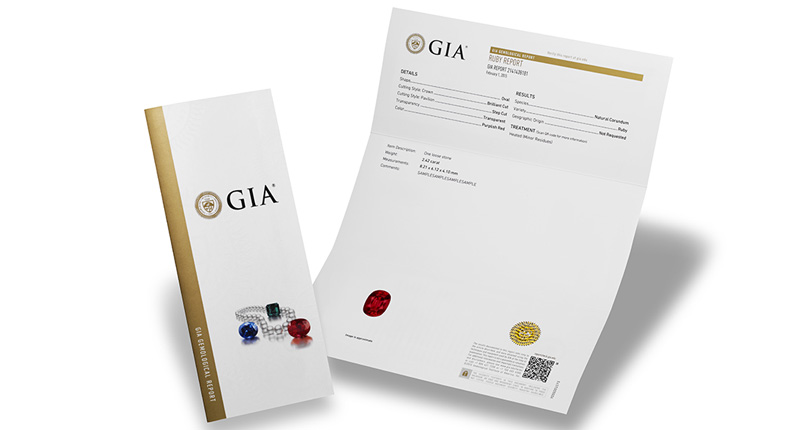
He adds there’s more demand for these terms in Asian markets than in the West, which helps to explain the approach taken by two Thailand-based gem labs.
The Bangkok-based Asian Institute of Gemological Sciences (AIGS) reports on origin, when possible, and trade names of colors—if the client requests. Chairman Kennedy Ho says, in his opinion, neither are needed in a report but he did not elaborate on the lab’s choice to include them.
Another lab in the same city offers similar services.
Gemologist Richard Hughes opened Lotus Gemology in Bangkok in 2014. When he and his team did so, “we were told by several potential customers, in no uncertain terms, that if we did not offer origins and appearance types, they would not send us stones for testing,” he says.
Four years later, there’s no going back.
“Now origins are so entrenched in the market that all labs must offer this service or they will go broke,” Hughes says.
In New York, the American Gemological Laboratories has different levels of reporting.
All submitted materials receive identification and enhancement details. Upon request, AGL also provides an opinion on the country of origin for select gem varieties.
Additionally, AGL offers a full grading report, which details a gem’s color, clarity and cut.
AGL does not include color nomenclature beyond pigeon’s blood or royal blue on its reports.
Instead, AGL offers the potential for additional documents on special or exclusive items, says President Christopher Smith, allowing for more details on the stone: quality and characteristics, as well as origin and, when appropriate, the reference to certain color terms.
“It is our policy that the technical details and results for stones are the domain of the laboratory report, while extra information, to place exceptional stones into a certain perspective, are better suited for supplementary documents,” he says.
Bahrain lab Danat, which opened late last year, gives more details, including origin determination when requested, as well as color designators commonly used in the market today, like pigeon’s blood.
The lab includes these market-driven additions on the second page of its reports under “Professional Judgments,” while the main results such as species, variety and gem weight are printed on the first page under “Technical/Scientific Results.”
Meanwhile, Swiss lab Gübelin offers origin determination for certain gem types upon request but doesn’t apply a comprehensive color grading system or use a vast range of color descriptors on its reports.
Managing Director Daniel Nyfeler adds, however, that they do use “pigeon blood red” and royal blue for rubies and blue sapphires, respectively, because those terms “have a history and a certain global acceptance in the trade.”
“We’re at a critical point now because some of the parameters are too loose or too tight and some overlap ... and there isn’t enough agreement as to where those parameters should be.” — Edward Boehm, RareSource
So, that’s six different labs and six variations on what information is and isn’t included on colored gemstone reports. All use different sets of standards and guidelines to establish results and communicate them.
It is not surprising, given they each have their own proprietary methods, but it can lead to confusion within the trade.
“The problem is, there’s no uniformity,” says American Gem Trade Association CEO Doug Hucker.
One stone may get two different color calls from two different labs, he says, and when it comes to communicating treatments, there are no set guidelines for indicating those findings on a report.
Gemstone dealer Edward Boehm of RareSource says; “We’re at a critical point now because some of the parameters are too loose or too tight with some overlap, and there isn’t enough agreement as to where those parameters should be.”
Streamlining communication or even methods could go a long way, some say, to helping the trade understand the standards labs are using when they evaluate colored gemstones.
Communicating Confidence
Just as the labs differ in how they reach lab report conclusions, using a variety of machines and techniques, so too do they differ in how they communicate those methods to the end user.
Most labs are careful to include vocabulary that clearly spells out that its reports represent graders’ opinions while some go even further.
“By separating the ‘opinion’ elements of our reporting from the technical/scientific results and placing them in a section clearly marked as ‘Professional Judgments,’ I think we convey the attributable level of confidence,” Danat’s Scarratt says.
“[But],” he notes, “such professional judgements are not the result of guesswork, but rather an interpretation of some data that may sometimes straddle a definitive line.”
The way labs communicate the nature of their opinions in lab reports was recently addressed in an article by Jack Ogden, gemologist, jewelry historian and former CEO of the Gemmological Association of Great Britain, in Gem-A’s The Journal of Gemmology.
There is not a set standard to which all labs are held but, according to Ogden, a “distinction between the objective and the subjective” is required for labs accredited under International Standard ISO/IEC 17025.
He writes that in this spirit, and for best practices, “it would make things clearer if all gem labs clearly stated that opinions are simply opinions where they are presented in a report, and not relegated to some generality about it all being an opinion in the typically small print of the ‘terms and conditions,’ sometimes even on the reverse of the report.”
Gemworld International Vice President Stuart Robertson says one of the issues in the market is that the labs aren’t providing a code or reference on reports explaining the degree of confidence they have in the information presented.
Ogden’s article echoes this, stating that while labs have started disclosing more information about how they reach their conclusions on origin, there is still little to help the user gauge how much confidence the laboratory has in the report.
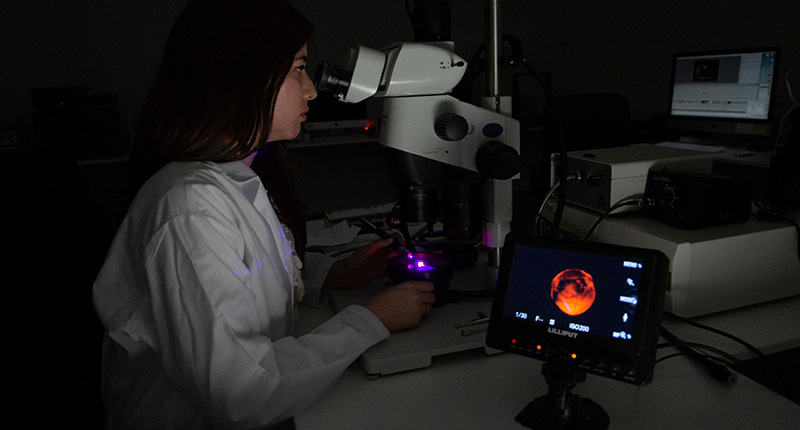
Communication about their level of confidence in an origin on reports would go a long way to help alleviate confusion, they say.
Views on this stance vary.
AGL does, in fact, express levels of confidence in regards to its origin determinations.
Overlaps can and do exist when it comes to trying to determine origin, Smith says, stemming from the fact that gems form as a result of geologic conditions that don’t necessarily conform to geographic boundaries and because similar geologic environments can be found in different geographic locations.
So the lab looks for details to help separate origins, which can range from more distinct to quite subtle and come as a result of both science and the experience of the gemologist examining the stone.
As a result, some stones have properties and characteristics that indicate a particular source with a high confidence level, whereas others might only have properties and characteristics suggesting a particular origin that in actuality may overlap with more than one source. Still other stones contain properties overlapping so significantly that two or more sources can be the most probable origin.
Additionally, treatments, like the heating of corundum, could further complicate things.
For these reasons, AGL expresses its levels of confidence and does so through specific vocabulary.
When the collection of observations, gemological data and experience of the examiner used to establish origin allow for a higher degree of confidence in the determination, the comments under the Provenance section of an AGL report will start with: “Based on available gemological information…”
When the observations and data suggest more than one origin but the experience of the examiner lends she or he to believe one particular source is more probable, the comments on the AGL report will begin with: “It is the opinion of the laboratory, based on the weight of evidence…”
Meanwhile, if there isn’t enough information available from a gemstone to make an origin determination, or if the information collected overlaps to a large extent between two or more geographic locations, the result on the AGL report will indicate that the country of origin is “currently not determinable with a high enough degree of certainty.”
Then, when it comes to the specific color of a gemstone, the standard color descriptions found on AGL reports follow a policy of straight verbal/written descriptions. When additional color information is requested, the lab service is modified to a grading report, which includes additional details relating to color and its classification.
AGL addresses treatments under the “Enhancements” section. The lab separates enhancements into two categories: standard and additional, referring to those enhancements that are routinely found in certain gem varieties and those that are less common.
Hughes, meanwhile, says Lotus Gemology is “extremely proactive” about treatment disclosure, color coding its lab reports by treatment or the lack thereof.
But when it comes to disclosing degrees of confidence, Hughes says that while he has advocated for this approach in the past, he now realizes it wouldn’t make any difference because many dealers wouldn’t use a lab that supplies such a scale.
“What would happen if one lab put 80 percent and another 70 percent on the same stone? This would be incredibly confusing,” he says.
Not to mention that, “Anything less than 100 percent would be regarded as a negative, which sellers would not want.”
“Consistency that goes beyond one company is even more demanding, and will never be 100 percent. While the desire of the industry to have consistent results is understandable, it is also unrealistic to expect different labs to [achieve full] global consistency.” — Daniel Nyfeler, Gübelin Gem Lab
The GIA’s McClure echoed Hughes’ sentiments.
“With the current understanding of science, there are a lot of cases where we really can’t prove where a stone came from. We can say the preponderance of evidence shows that it should be from there, but that’s not proof.”
He adds, “Does the trade really want us to say we think it’s 70 percent Burma? What they would say then is, ‘Well is it from Burma or not?’ It can’t be 70 percent from Burma and 30 percent from somewhere else.
“It wouldn’t work. They wouldn’t like it if they had it.”
Ogden does acknowledge in the Gem-A article that quantification of overall confidence “is problematic,” noting that labs could not consistently calculate the overall likelihood of a gem’s origin, among other issues.
But he does add that just because numerical quantification might not be realistic, “it doesn’t mean that all quantification is unrealistic,” pointing to options like including statistical results as a way to compare the results of a chemical analysis with a database of reference materials in a way that wouldn’t disclose labs’ intellectual property.
In his article, Ogden also comes back to the same obstacles addressed by McClure and Hughes: the trade, meaning those commissioning the reports, “ideally want black-and-white answers.”
And, as many labs remind the trade, there are numerous different factors that go into the origin determination: completeness and reliability of the reference stone collection, the amount and quality of the collected analytical data, the consistency of the data processing and minimizing the human factor.
Even when a lab is working in a “highly standardized and reproducible way,” origin determination will always be imperfect, Nyfeler says, as it is a work-around using forensic methods due to a supply chain that is not fully transparent.
And Boehm points out that even though conflicting origin reports have put pressure on the labs to disclose more about their research methodology, the advanced gemology required to make origin determinations today is so complex and proprietary that it would be “impossible to explain every instance.”
He says there are steps the major labs are taking, though, like regularly publishing updates on their research and working together to create more harmonization on the parameters and nomenclature, which is another conversation in and of itself.
Come Together
For some, in an ideal world the labs would stop including opinion-based findings such as origin and color designation altogether.
The AIGS’s Ho says his idea of harmonization is “all the labs remov(ing) the subjective comments from their reports.” (He did not respond to a follow-up email from National Jeweler asking if AIGS had plans to do so.)
Gemworld’s Robertson says, “I think we’re at a point now where it’s very difficult for the labs to withdraw from some of these practices because there’s so much paper in circulation. But I do think what they can do is start to phase it out.”
But Boehm says that while some dealers feel that origin reports create confusion, many more feel they add value, credibility and confidence.
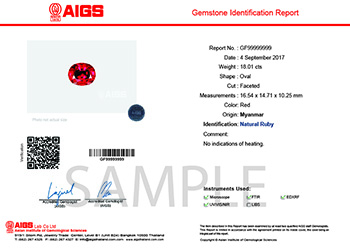
What’s more, the spigot has been turned on, so to speak, and so the flow of grading reports containing origin and terms like “pigeon’s blood ruby” might not be so easy to turn off.
One solution advocated by some that would allow for the inclusion of these factors while also potentially clearing up some of the confusion is lab harmonization.
There’s already some groundwork being laid in this area.
To start, labs sometimes communicate about individual stones when requested and permitted by the client, which might also include the exchange of analytical data and a discussion about how the conclusion has been reached, Nyfeler says.
Hughes says Lotus Gemology regularly meets with other gemologists and shares information—privately, in scheduled meetings, at conferences and through publications—and notes that most of the major labs do the same.
On a larger scale, conversations among labs about a more formal harmonization are taking place.
A Laboratory Manual Harmonisation Committee has existed for many years, comprised of a number of the top labs in the trade that are working together to harmonize report language. They have published a number of informational handouts regarding use of language available for all laboratories to utilize.
“I think most of the major labs, we don’t disagree that it would be a good thing to try to come closer, or to at least compare, what we’re doing with those colors,” the GIA’s McClure says. “I think we will do that.”
He says they are working toward understanding the differences among labs and how they can or should adjust.
Nearly three years ago, Gübelin and SSEF announced they had harmonized the criteria and the definition of the terms pigeon blood red and royal blue in an attempt to decrease the discrepancies between the two labs.
“However, the devil is in the details, and minute differences in the interpretation of the criteria can make a specific stone pass the test at SSEF and make the same stone fail at Gübelin, or vice versa,” Nyfeler allows.
Operating three labs on three continents, Gübelin knows that ensuring consistent color calls requires highly standardized tools, methods and processes, permanent quality control and continuous training.
“Consistency that goes beyond one company is even more demanding, and will never be 100 percent,” he says. “While the desire of the industry to have consistent results among all labs is understandable, it is also unrealistic to expect different labs to [achieve full] global consistency.”
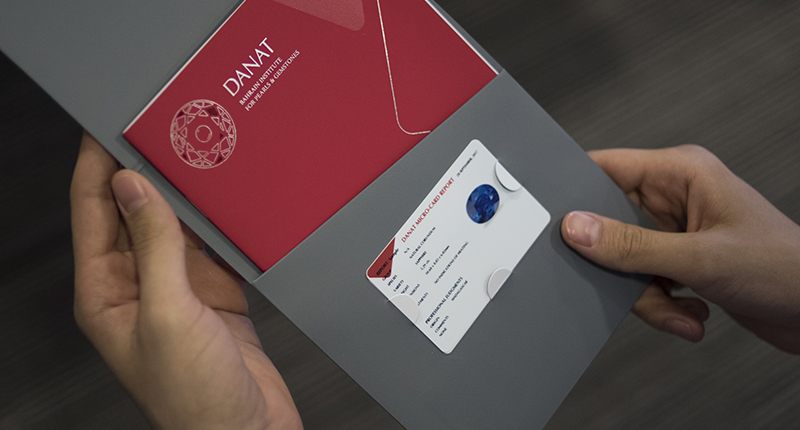
There are some who still believe an international standard can and should happen.
But Danat’s Scarratt says he doesn’t think it will—until the trade insists on seeing not only the reported results but also the supporting data and justified interpretation, which he would welcome.
“I would like to see labs having a greater transparency in their operations.”
Gübelin, for its part, is attempting to go this route by giving clients access not only to the final conclusion written on the lab report, but also to the underlying data collected for the stone.
Nyfeler says by the end of this year, the lab plans to offer clients the option to get the analytical data and additional documentation, like microscopic imagery, to help end users understand the basis on which the lab is drawing a conclusion.
But he also notes that while such measures might help in understanding a lab result, they don’t necessarily solve the issue of inconsistencies among labs.
“The most sustainable solution to overcome inconsistencies of gem lab results, specifically on origin and treatment, is a transparent supply chain/a proper chain of custody, tracking every step of a stone along its way from the mine to the retail shop,” Nyfeler says.
Editor’s note: This article has been edited from the print version to expand on American Gemological Laboratories’ protocol for the inclusion of origin determination in its lab reports.
The Latest
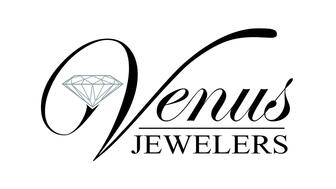
The retailer is moving to a newly designed space in the same shopping center.
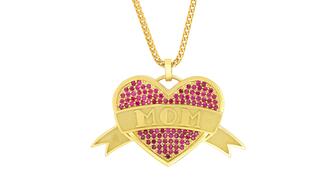
Gifts that are unique and thoughtful are top of mind this year, according to the annual survey.

Meet Ben Claus—grand prize winner of For the Love of Jewelers 2023 Fall Design Challenge.
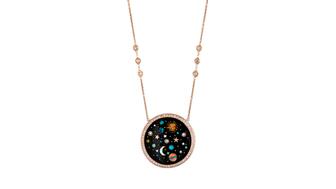
The necklace is featured in the brand’s “Rebel Heart” campaign starring Adam Levine and Behati Prinsloo.

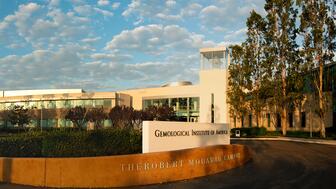
The two organizations will host a joint event, “Converge,” in September 2025.

Big changes appear to be on the horizon for the diamond miner and its parent company, Anglo American.

With Ho Brothers, you can unlock your brand's true potential and offer customers the personalized jewelry experiences they desire.

Padis succeeds Lisa Bridge, marking the first time the organization has had two women board presidents in a row.

Jesse Cole, founder of Fans First Entertainment, shared the “five Es” of building a fan base during his AGS Conclave keynote.

The Royal Oak Perpetual Calendar "John Mayer" was celebrated at a star-studded party in LA last week.
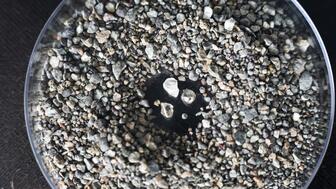
The announcement came as the company reported a 23 percent drop in production in Q1.
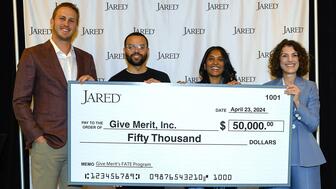
The three-time Pro Bowler continues to partner with the retailer, donating to a Detroit nonprofit and giving watches to fans.

A double-digit drop in the number of in-store crimes was offset by a jump in off-premises attacks, JSA’s 2023 crime report shows.
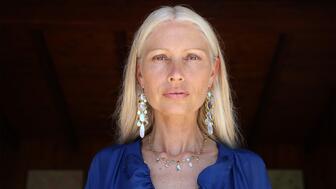
Inspired by the Roman goddess of love, the designer looked to the sea for her new collection.
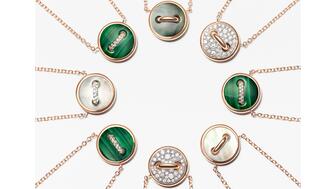
The luxury titan posted declining sales, weighed down by Gucci’s poor performance.

The selected nine organizations have outlined their plans for the funds.

The mining company’s Diavik Diamond Mine lost four employees in a plane crash in January.
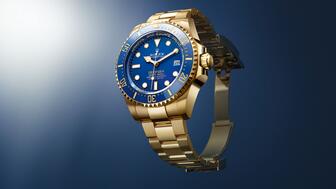
The crown introduced a dozen timepieces in Geneva, including a heavy metal version of its deep-sea divers’ watch.

Emmanuel Raheb recommends digging into demographic data, customizing your store’s communications, and retargeting ahead of May 12.
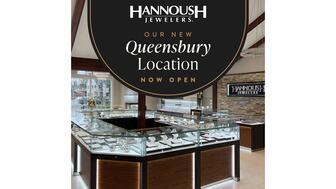
Located in the town of Queensbury, it features a dedicated bridal section and a Gabriel & Co. store-in-store.
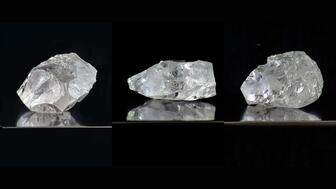
A 203-carat diamond from the alluvial mine in Angola achieved the highest price.

The “Rebel Heart” campaign embodies rebellion, romance, and sensuality, the brand said.
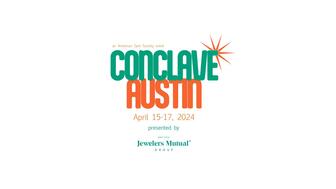
Editor-in-Chief Michelle Graff shares the standout moments from the education sessions she attended in Austin last week.
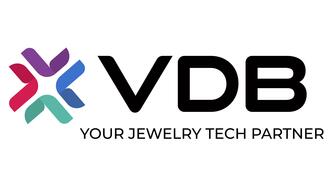
The overhaul includes a new logo and enhanced digital marketplace.
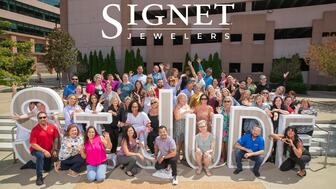
The money will go toward supporting ongoing research and aftercare programs for childhood cancer survivors.
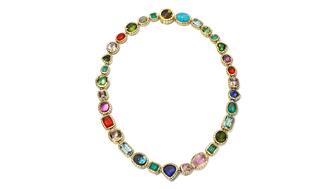
A new addition to the “Heirloom” collection, this one-of-a-kind piece features 32 custom-cut gemstones.


